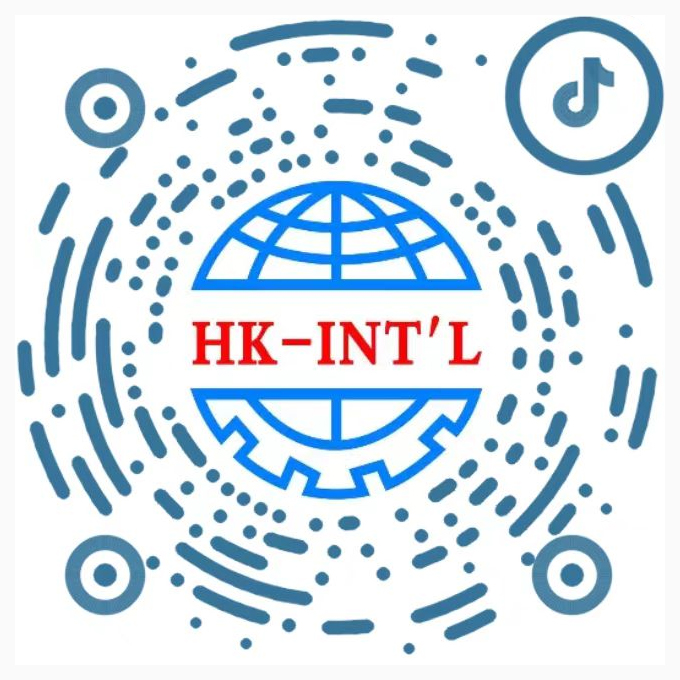The container is unloaded from the branch barge to the trailer through the "ship side direct lifting" mode. Photo by Xie Ying
Huzhou, May 24th (Xinhua) -- On the 24th, at the Anji Shanggang Container Terminal located in Huzhou City, Zhejiang Province, four containers loaded with yellow hemp yarn were unloaded from a branch barge to a trailer through the "ship side direct lifting" mode, and then transported directly from the port to the enterprise.
It is reported that the entire process took less than 20 minutes, achieving "zero delay" for the goods from arrival, unloading to loading.
With the implementation of the first "ship side direct pickup" business in Huzhou, Hangzhou Customs has expanded the "direct loading and direct pickup" mode to inland ports for the first time, following the implementation of the import "ship side direct pickup" and export "port arrival direct loading" business models in four ports in Jiaxing, Taizhou, Zhoushan, and Wenzhou. This marks the full coverage of the "direct loading and direct pickup" mode in all ports and inland ports under the jurisdiction of Hangzhou Customs.
In the past, after imported container goods arrived at the port, they needed to be unloaded at the terminal yard, and the station operator handled the procedures for arrival. After customs clearance, the shipper applied to the port for departure, "said Xia Jianxiong, the head of the freight forwarding department of Anji Shanggang International Freight Forwarding Co., Ltd.
Xia Jianxiong stated that through the "ship side direct pickup" model, for imported container goods that do not require customs inspection, enterprises can directly remove them from the port after arrival, reducing the pickup time from 1 to 2 days to less than 1 hour. This not only saves customs clearance time but also reduces logistics and storage costs.
It is reported that the "ship side direct lifting" model is an important reform measure to implement the General Administration of Customs' ten measures to promote stable and high-quality foreign trade and optimize the business environment.
This model is based on the advance declaration of imported container goods to customs. Enterprises use the transportation time of goods in transit to handle customs declaration, document review, tax payment and other clearance procedures in advance. After the imported container goods arrive at the port, they can be directly removed from the port without customs inspection.
To help enterprises make full use of customs policies, we have designated a dedicated person to proactively connect with their needs, guide them to complete customs clearance procedures in advance, coordinate with ports, customs declaration companies, and other units to continuously track the confirmation of goods arriving at the port, epidemic prevention and control, customs supervision, unloading plans, and other links, ensuring zero delay from arrival, unloading to loading of goods, and zero waiting at port clearance, "said Du Linchao, head of the Business Department of Huzhou Customs (hereinafter referred to as" Huzhou Customs ") stationed in Anji.


